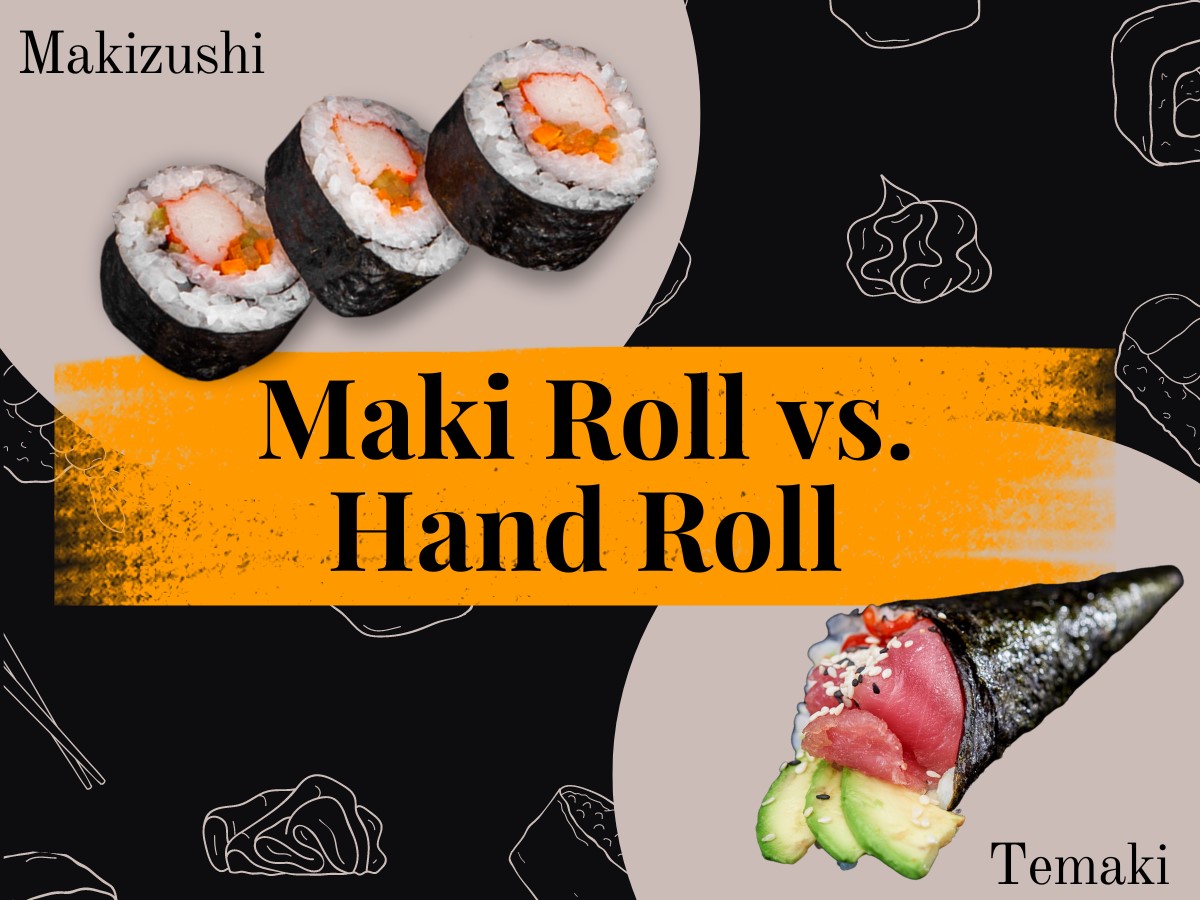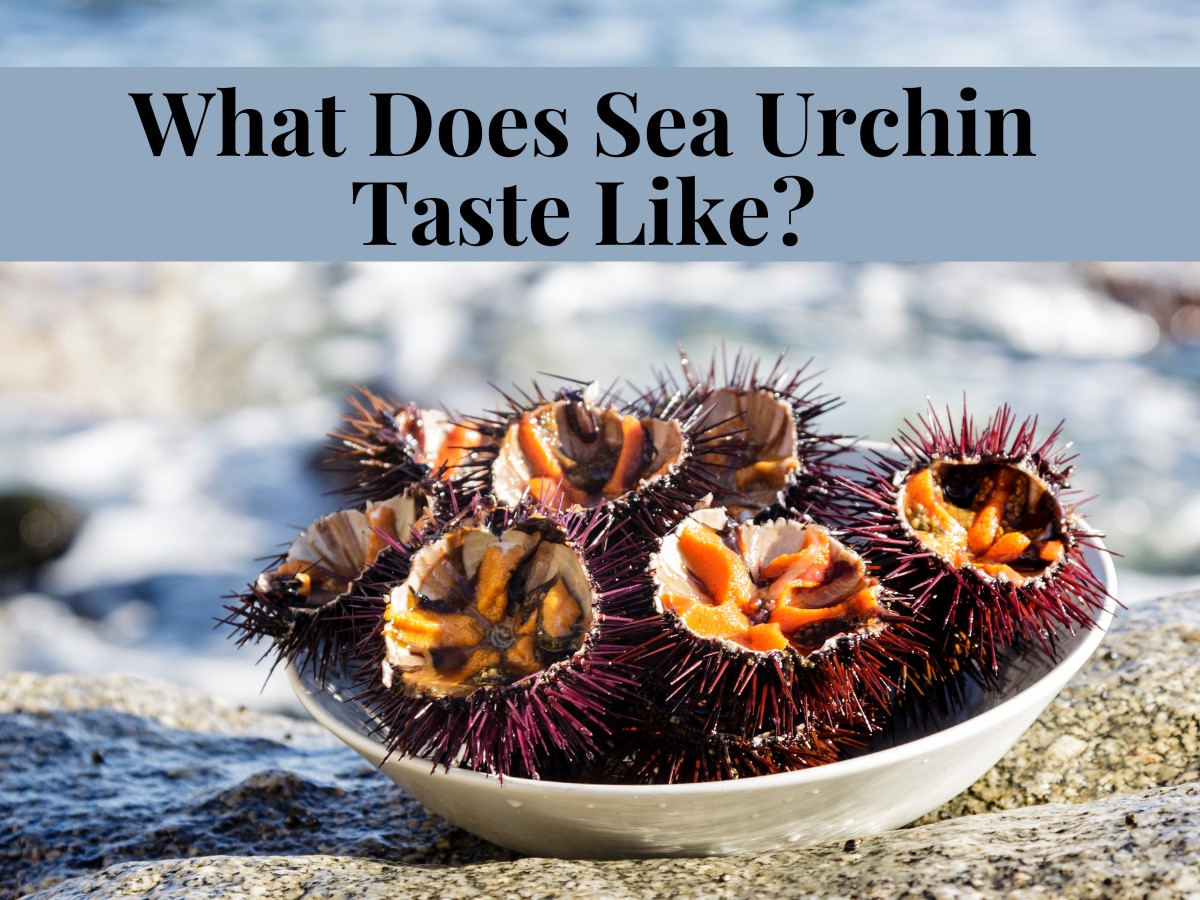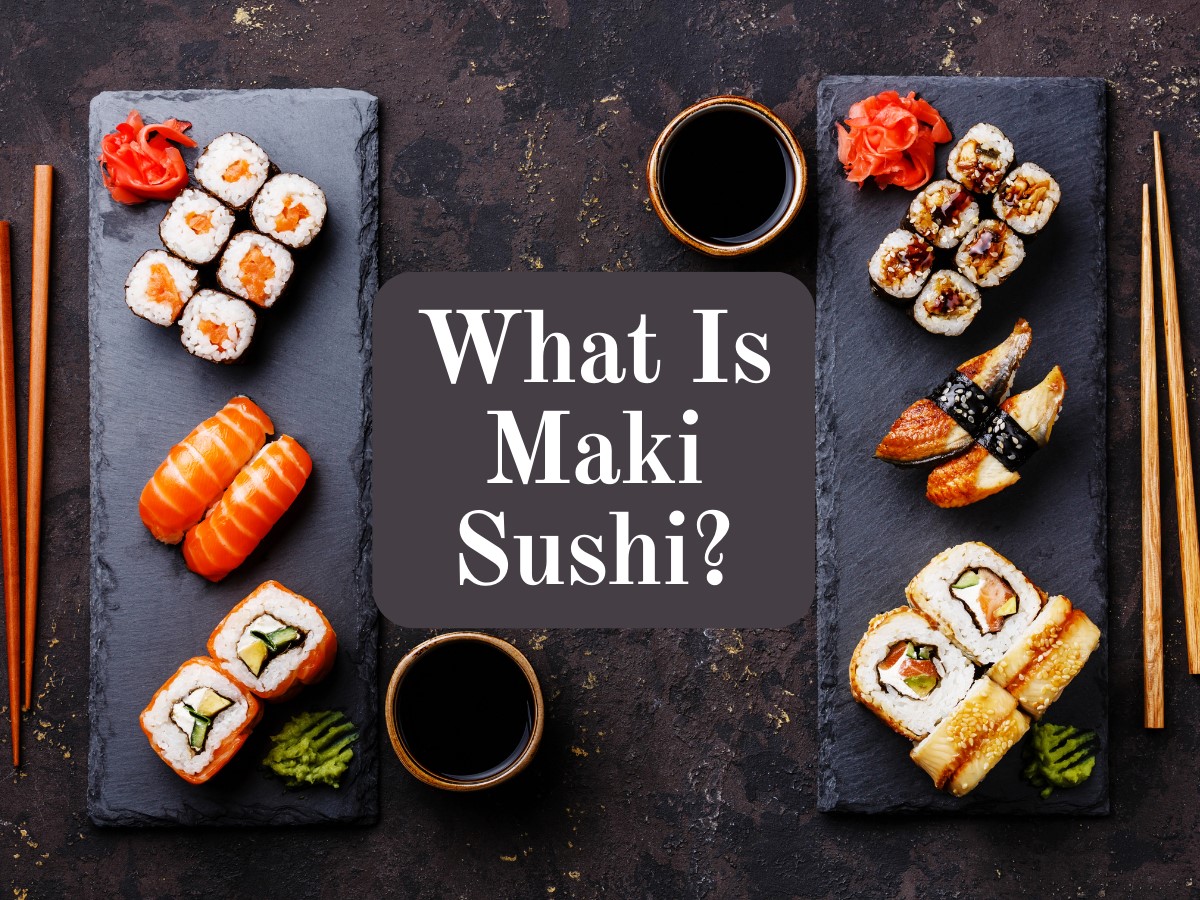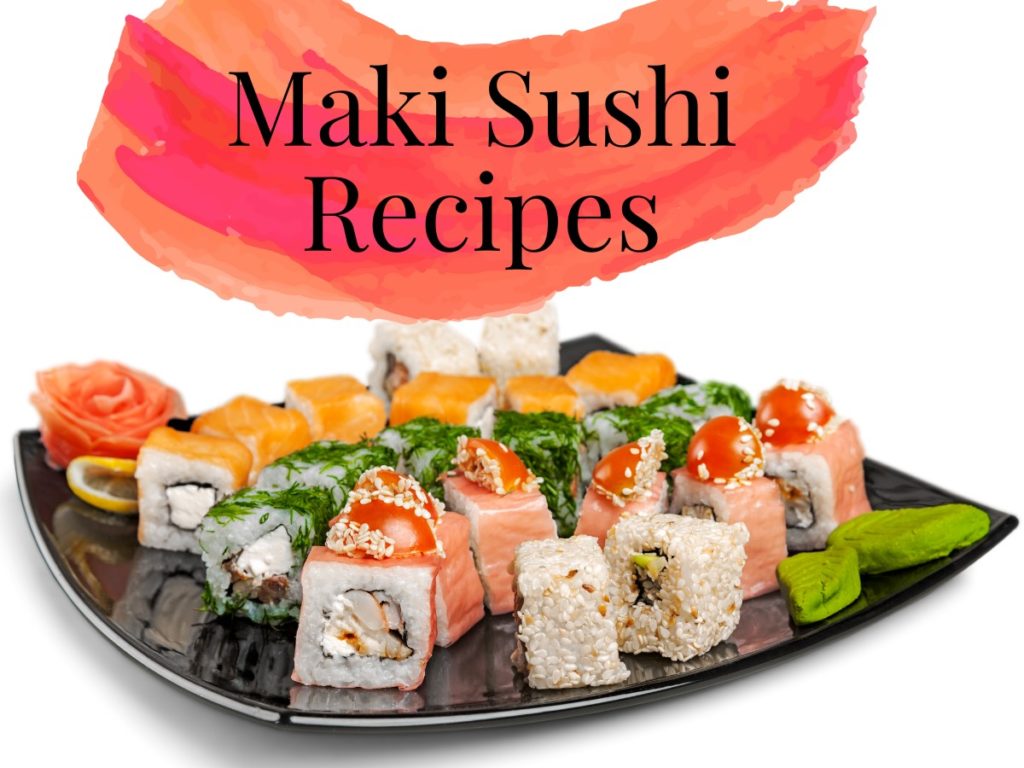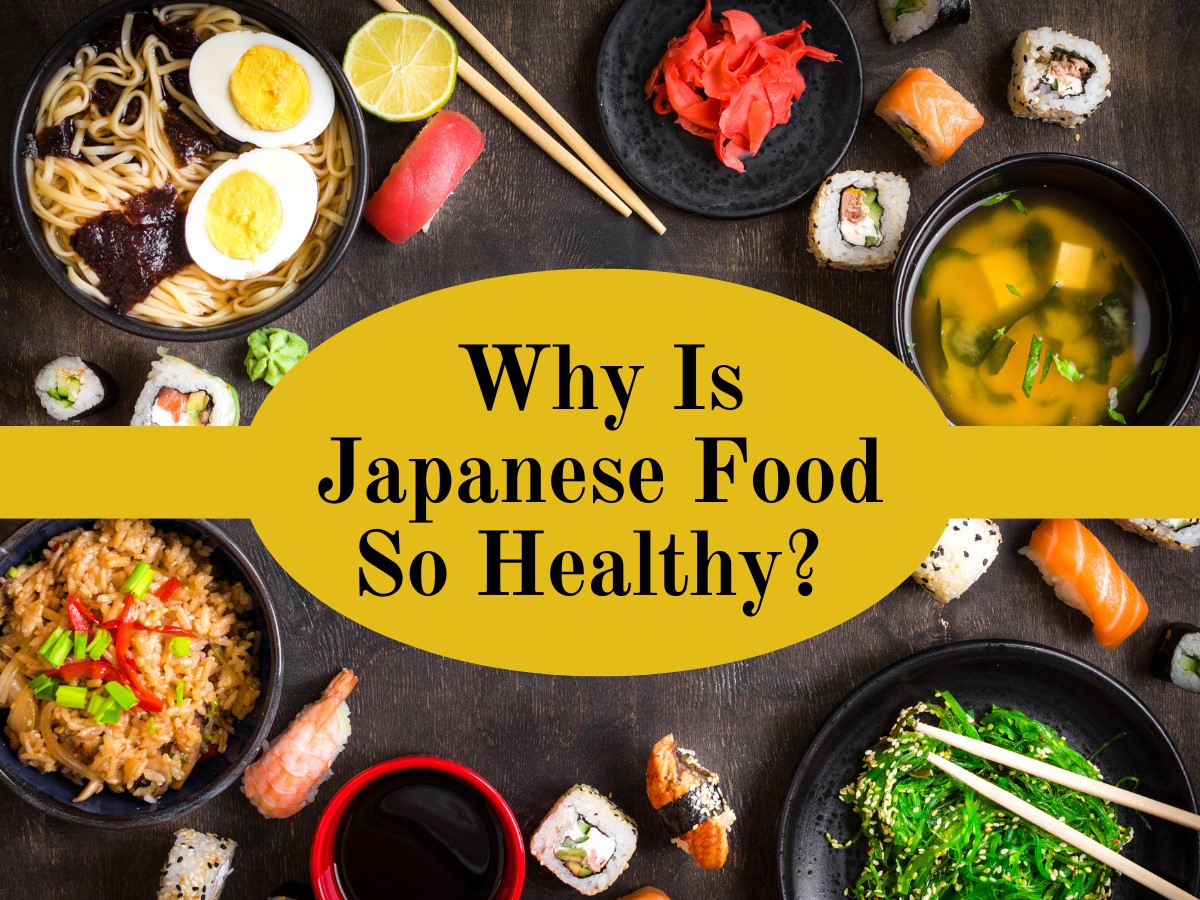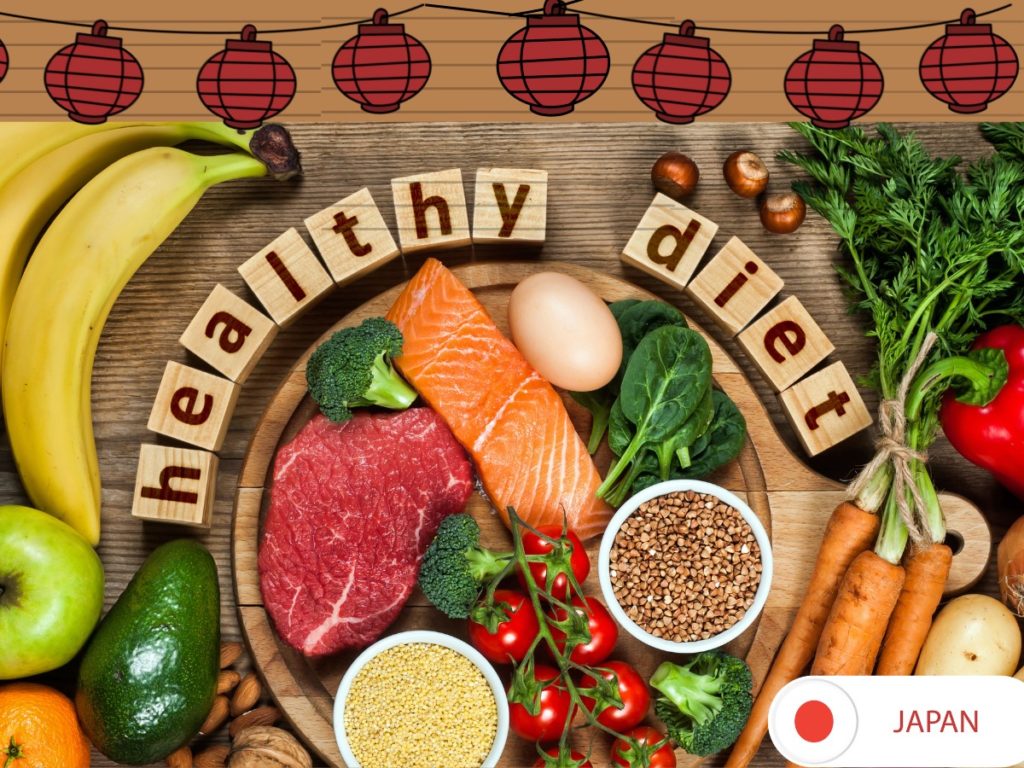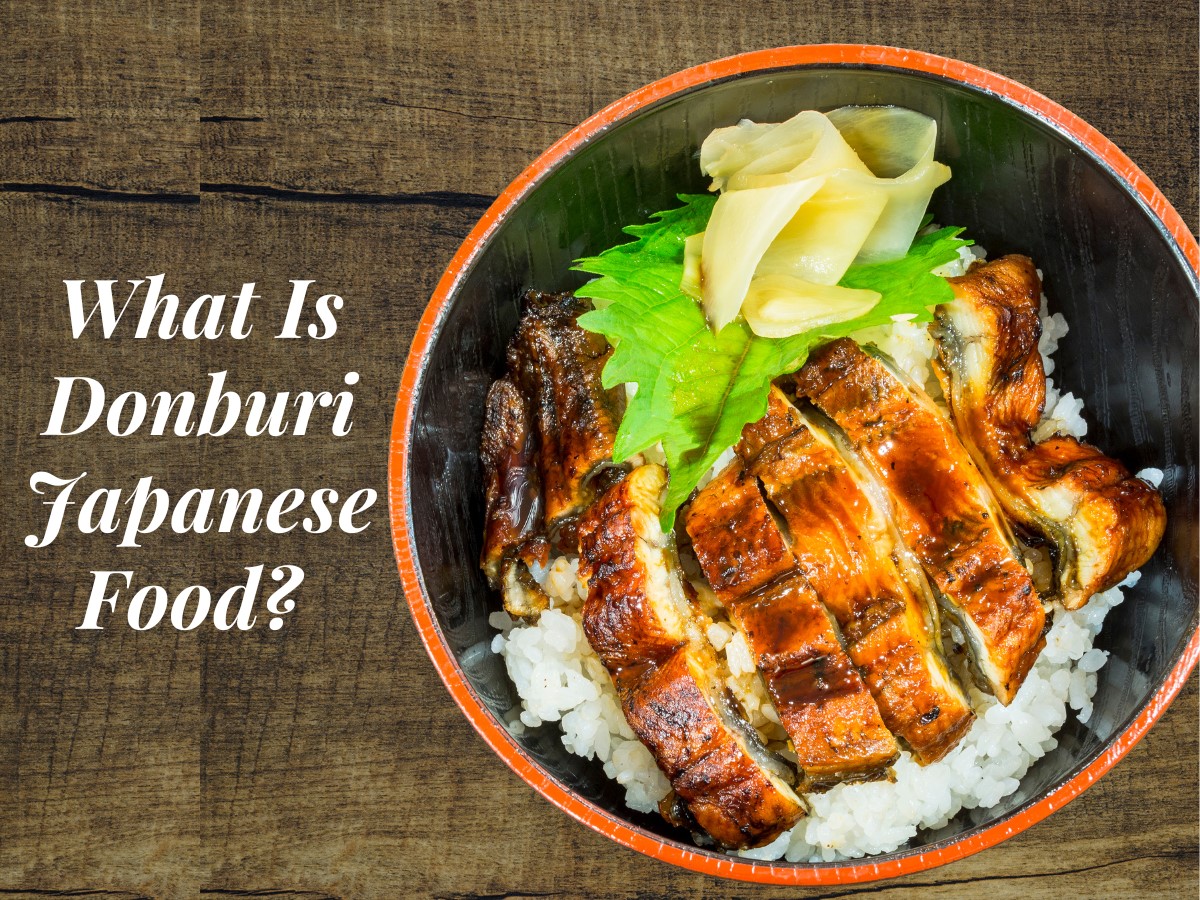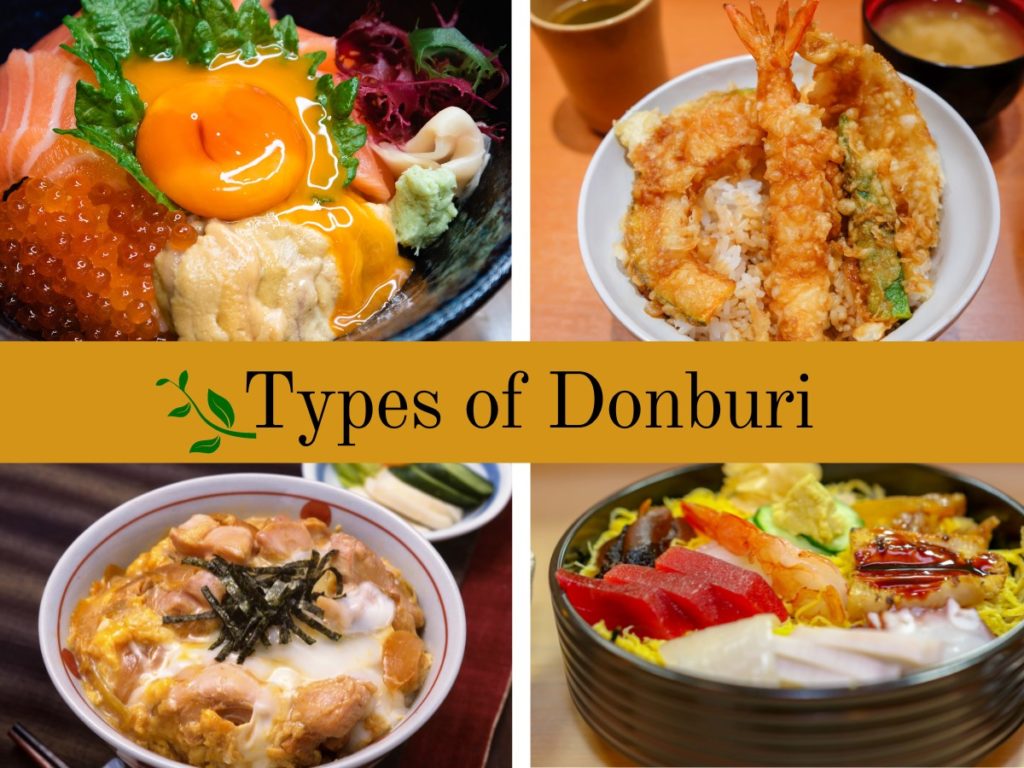Some time ago, when I tried sushi for the first time, I fell in love with this delectable Japanese delicacy. Initially, because I wasn’t familiar with this food, I used to order the wrong varieties based on my eating style and appetite at that time. This led me to research different types of sushi in Japanese restaurants, and I spent years on that.
Since then, I have become a food expert. So if you have any queries about sushi, I can provide you with the best food-friendly guides. Here I am describing maki roll vs. hand roll. So if you are curious about it, explore my article below and get the answers you need.
Maki roll vs. hand roll are the two types of sushi based on their shape, serving size, rolling method, and eating style. However, maki sushi and hand roll sushi comprise the same basic ingredients: sushi rice, nori seaweed, and filling. Based on the fillings, maki roll, and hand roll have wide varieties and flavors that you can find below.
Difference Between Maki Roll and Hand Roll
| Features | Maki Roll | Hand Roll |
| Shape | Cylindrical cubes | Cone (temaki) |
| Serving Size | Bite-sized cubes (6-8) | Whole rolls (uncut) |
| Rolling Method | Using bamboo mat | Hand rolling |
| Eating Style | With chopsticks or knife and fork | Hand-picking and eating |
| Other Names | Makizushi, maki sushi, nori maki | Temaki, hand roll sushi |
Maki Roll/ Makizushi
Makizushi is also known as maki roll, where the term maki in Japanese means to roll. In Japan, people relish maki sushi as an appetizer or a main course meal. Also, it’s a unique component of Japanese bento boxes. Typically, maki sushi is rolled in nori seaweed using a makisu (bamboo mat), and the main ingredient is sushi rice with various fillings. Rolled into a cylindrical tube, maki sushi is cut into bite-sized cubes for easy picking with chopsticks and eating.
Types of Maki Rolls
There are three main types of maki sushi rolls based on their rolling technique.
- Inside roll
- Inside out roll
- Hand roll (temaki)
The inside roll comprises sushi rice and other fillings wrapped inside a toasted nori seaweed and rolled firmly into thin cubes. It can be a hosomaki (thin roll with one filling), futomaki (thick roll with several fillings), or a chumaki (medium wide roll).
In contrast, the inside-out maki roll has nori seaweed inside and sushi rice wrapped outside. It is also known as uramaki. The third type is a hand roll (temaki), cone-shaped sushi rolled with hands.
Classic Flavors of Maki Roll
Classic flavors of maki rolls are spicy tuna, dragon roll, California roll, and rainbow roll. The spicy tuna roll is one of my favorites; it has spicy tuna finely chopped and drizzled with spicy mayo, sriracha sauce, and sesame oil. The dragon roll contains grilled eels and shrimp tempura with thin avocado and cucumber slices.
Moreover, California roll has the flavors of crab meat with the added freshness of cucumber and avocado slices. Lastly, the rainbow roll contains all colors and flavors of raw fish like yellow tail, salmon, tuna, and red snapper.
Special Flavors of Maki Roll
The finest maki sushi rolls contain unique ingredients such as Philadelphia cream cheese, imari sauce, and jalapenos. You can try a Philadelphia roll if you are a huge fan of cream cheese since this maki sushi comprises salmon and avocado slices dipped in Philadelphia cream cheese with the original vinegared rice.
Another specialty maki sushi roll is the TJ roll, which comes with shrimp, jalapenos, garlic chips, and wasabi sauce to add special flavors to the classic sushi rice. If you are a spice lover, try a sake bomb roll. It comes with spicy tuna, salmon, shrimp, and avocado slices dipped in imari and hot sauce.
Visi Sanraku | Japanese Sushi Restaurant for tasty Japanese foods.
What is a Maki Hand Roll/ Temaki
A hand roll or temaki is a type of sushi hand-rolled into a cone-shaped wrap. The entire wrap is presented for hand-eating and is loosely constructed without using a bamboo mat. A hand roll’s essential ingredients are similar to that of a typical maki sushi roll.
Flavors and Fillings of Hand Roll
A hand roll comes with various fillings and flavors, such as; spicy tuna, baked salmon, red snapper, blue crab, radish sprouts, avocado slices, cucumber slices, shiso leaves, and scallions.
Also Read: What Is Maki Sushi? Delve Into The Japanese Sushi Recipes

